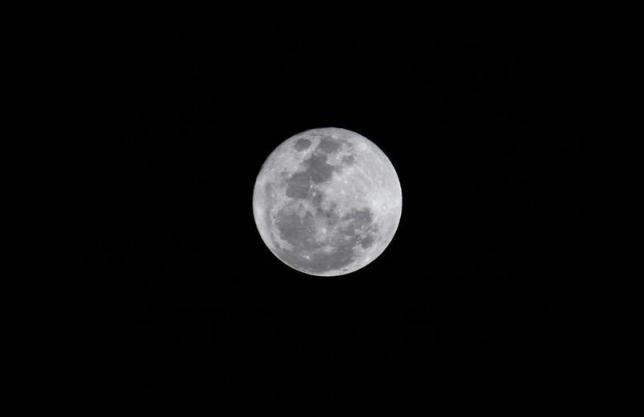Scientists have believed that the Moon was formed after the Earth and Theia, a planetary body, collided. However, a recent study has suggested that Theia was notably larger than the previous hypothesis.
Published in the Nature journal, the study indicated that it is now more probable that the Moon came about due to a collision between two planets that are of similar size and composition.
The "Giant Impact" hypothesis was introduced in the 70s. This entailed that the Moon's creation was a result of a collision of a planet as big as Mars and Earth, more than four billion years earlier.
While the theory of "sister planets" was marked a rare and uncomfortable idea by Robin Canup of Colorado's Southwest Research Institute, the recent Solar System formation simulation which was produced by Hagai Perets of the Institute of Technology in Israel noted that the odds are significantly higher than what was previously thought. Previously, researchers concluded that there is only a percent probability of two sister planets collision happening some billion years ago.
In the middle of 2014, scientists revealed that they were successful in establishing an evidence of the "planet" that smashed Earth in the ancient times, the Science magazine wrote. The lunar rocks, which were gathered from the Apollo mission, were analyzed. It revealed that the ratios of isotopes 16 and 17 were different from that of the Earth's Oxygen counterparts. This difference was referred as too difficult and too small to detect, according to Daniel Herwartz, the previous study's lead author.



























